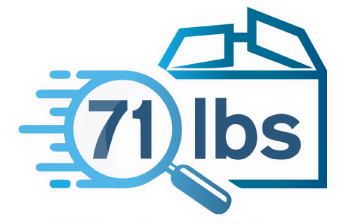Retailers can take steps to save costs, increase efficiencies

Jose Li, retail industry manager, FedEx Services
Inbound receiving is one of the largest areas of opportunity for retailers to gain efficiencies. Over the last couple of decades, retailers have gained better visibility into their supply chains, become much more collaborative with vendors and gained greater control of their inbound logistics. Because of these improvements, we’ve seen many retailers cut costs and increase efficiencies. But why stop there? Let’s look at what’s happening today and at a vision for the future.
Most retailers receive several daily shipments, and inbound receiving is where they can make some big improvements in efficiency. Several factors influence the specific mode of delivery: number of shipments per week, size of back room and accessibility to store location. While most merchandise arriving at a retail store comes from the retailer’s own DC, store personnel still can be making several trips a day to the back room — for an LTL shipment, ground or expedited parcel, vendor-direct shipments and even the occasional “emergency” shipment. These different modes of delivery are driven primarily by a trade-off in higher weights per shipment vs. lower cost, but there are store-level implications. Labor staffing for receiving shipments is one initiative great retailers vigilantly try to improve. Store managers are challenged with scheduling enough team members to balance their front-of-the-store and back-of-the-store duties.
Today, many retailers open their backroom door three, four — even more times per day for ground, LTL and expedited shipments, sometimes two or more carriers for each. Scheduling “Sam” to receive shipments at 10 a.m. and waiting for a shipment that doesn’t arrive until 1 p.m. does not add to overall retail efficiency.
Let’s take a simple scenario of a medium-size retailer with 200 stores, with hourly costs of $12/hr., with +/- 3 hours of scheduled “receiving” duties:
Opportunity cost: Assume a 200-store retailer receives one delivery/week, incurring three hours of “underutilized” man-hours due to wide range of delivery windows (not counting “overtime” of actual receiving time). One employee @ $12/hr. x 3 hrs./shipment x 52 shipments/yr. x 200 stores = $375K.
Multiply $375K by how many “Sams” receive your merchandise and you begin to see the magnitude of this opportunity. Some retailers are gaining more efficient delivery options by working with transportation carriers and leveraging their full portfolio of services.
Here are a few of the options:
- Combining LTL, ground and expedited shipments into a single store delivery. Scheduling single shipments to stores reduces the number of times needed to open their back doors. In addition, appointment deliveries maximize labor-staffing needs.
- After-hours deliveries, called night drops, are common in the food-service industry. This option addresses the labor-staffing and backroom issues.
- Retailers with less complex delivery options can leverage multiple-shipments-to-one-destination services offered by the major transportation carriers. Retailers can receive significantly lower pricing on parcels shipped on the same day to the same destination.
- Also, many retailers have opportunities to gain cost savings by combining their expedited and ground shipments into a bundled discount program.
- Lastly, accessing and providing the information throughout your retail operation is the first step for your team members to act on. From integrating EDI 214s and back-end systems, to enabling your stores to use a transportation carrier’s on-line tracking sites, the information is as important as the package itself. Aligning shipment information with your internal stores’ purchase orders makes your team members’ lives easier — and this not only makes them happier, it also frees more time for focusing on the customer.
Leveraging these concepts to further streamline the retail supply chain will enable merchandise to be in closer proximity to markets and may allow retailers greater efficiencies.
Discuss efficiencies in the supply chain with your transportation logistics provider. For starters, speak with their retail experts for recommendations on how to: deliver a consistent customer experience across all sales channels; provide a better receiving experience to your store team members; and leverage technology tools to better allocate staffing resources and backroom space management.
Engaging them in creative ways to streamline supply chains will benefit everyone in the retail industry.



